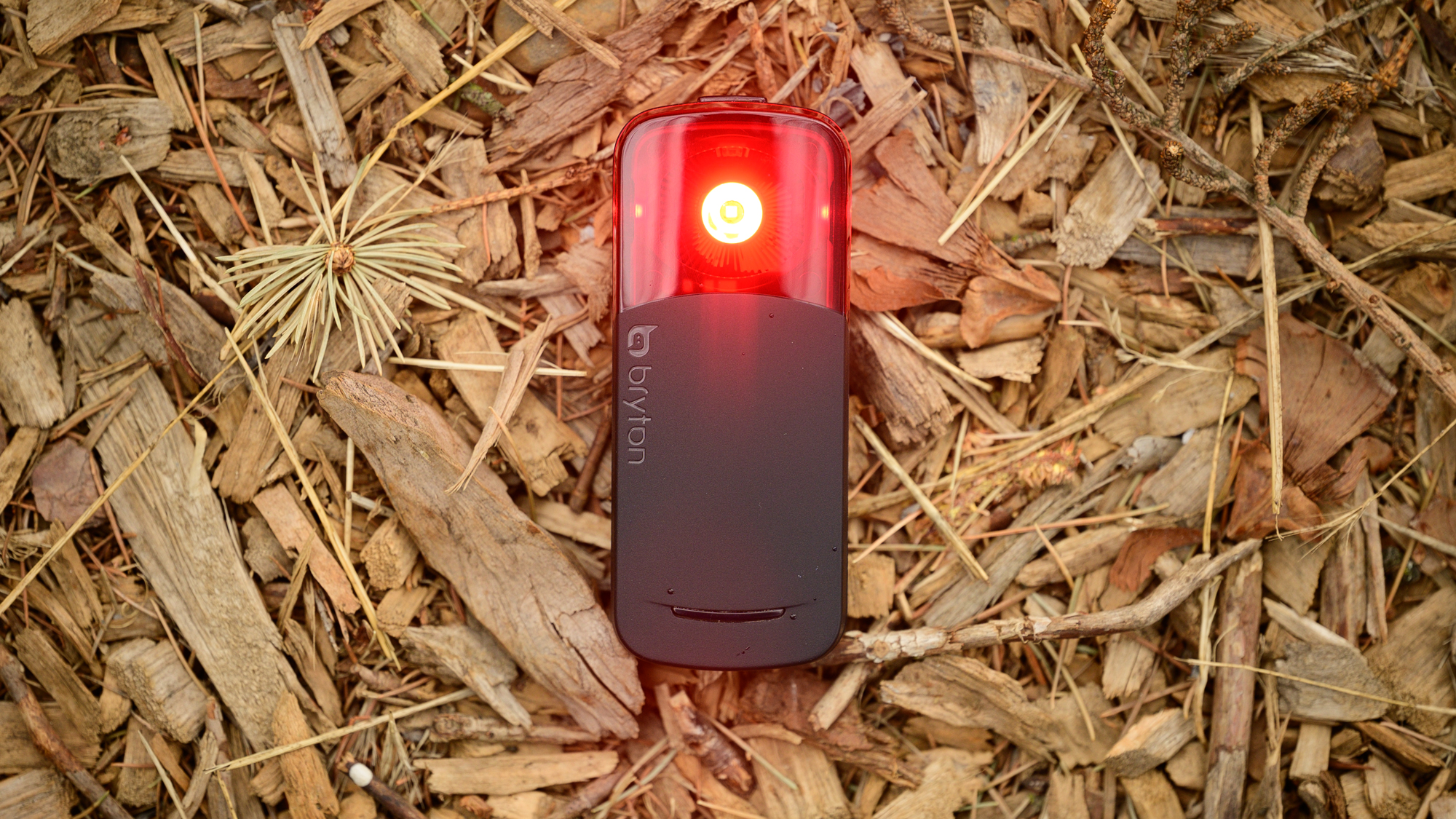
As of today, the Bryton Gardia L300 makes it to market as a new competitor in the rear radar category. For those unfamiliar, rear radar is one of the things I will happily tell people is an absolute game changer. Having your bike computer tell you that there is a car behind you before it's an issue will change the way you ride. In the city, it can be a mirror and in the country, it means you can take the whole road while you casually chat worry-free with a riding partner. Until recently though only Garmin offered a product.
Price: €129.95 / $129.95
Size: 97 x 20.9 x 40mm
Water rating: IPX7
Wireless Protocol: ANT+/BLE
Burntime: 8hr/20lm high solid, 12hr/5lm low solid, 10hr/12lm group ride, 17hr/12lm night flash, 17hr/73lm day flash, 24hr radar only
While Garmin invented the product category, the brand also opened the standards protocol for other brands to use. Over the years that open standard has allowed most modern bike computers to add support for Garmin Varia radar products. Unfortunately the actual radar options continued to be a Garmin monopoly, with the radar and light RTL515, and the newer radar, light and camera RCT715. That was until the 2022 Eurobike show when both Bryton and Magicshine (same product as Magene) announced competition.
Of those two products, Magicshine/Magene was the first to market and I previously tested the Magicshine Seemee 508. It was good enough to make it into our best budget bike lights buyers guide but not good enough to unseat the Garmin dominance. That leaves the Bryton Gardia L300 with a huge market opportunity and I set out to test if it hit the mark. Is the Bryton Gardia L300 the long-awaited modern replacement for the Garmin RTL515?

Design and aesthetics
It's hard not to compare the Bryton Gardia R300 with the Garmin RTL515. Not only are the two direct competitors but the field is so small that it's impossible to consider one without the other. Adding to that feeling of inevitable comparison is that two products look very similar to each other. The R300 is a rectangle with curved corners while the Garmin is more oval. Held side by side though, the 97 x 20.9 x 40mm exterior of the Bryton follows a similar form to the 98.6 x 19.7 x 39.6mm of the Garmin.
The form factor of the two lights continue to be similar in most other ways as well. The power button is at the top while the charging port covers the lower section of the rear of both. Bryton, being two to three years newer, has made the jump to USB-C though. Even the rear mount looks, and works, in a similar way although the two are not interchangeable. They rotate in a different direction and will not fit in the opposite mount even if you were willing to live with a rotated light.
Where things start to change more is when you look at the internal details. Yes, there's the USB-C charging and differences in the mount connection, but the Bryton also has some extra features. From the outside, you can notice a see-through strip of plastic on the lower portion of the front that gives feedback about battery life on the right and connection status on the left.
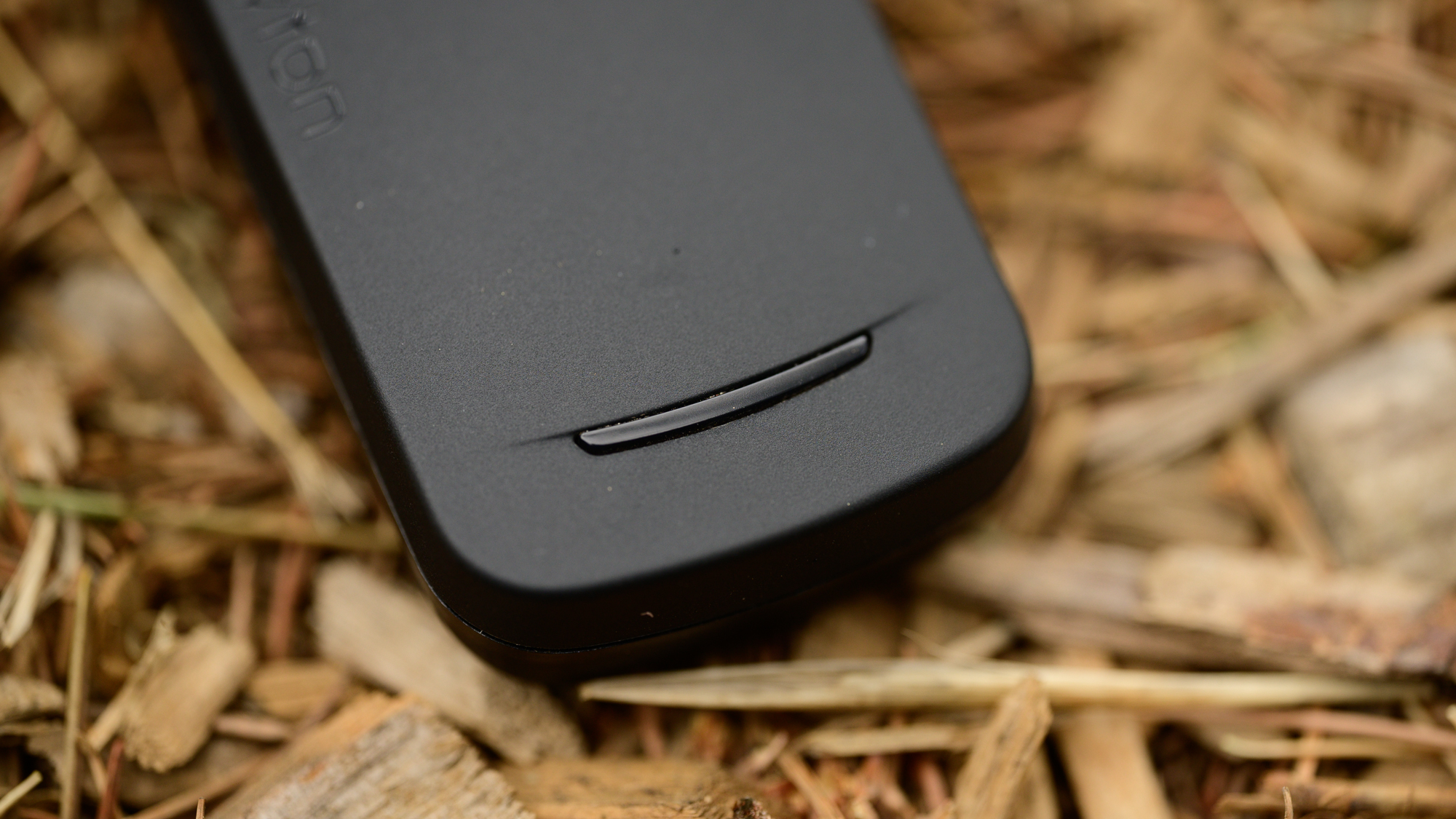
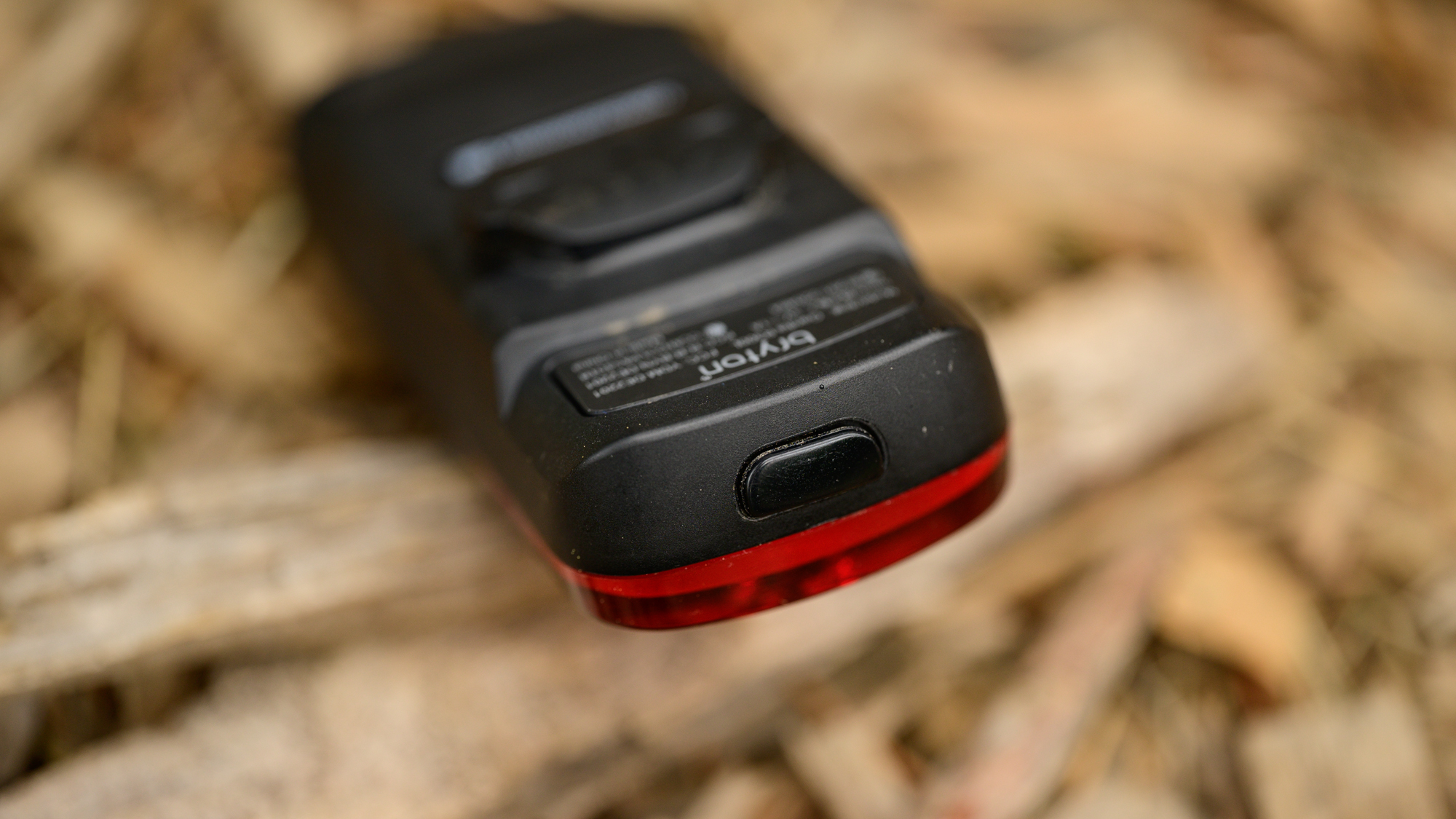
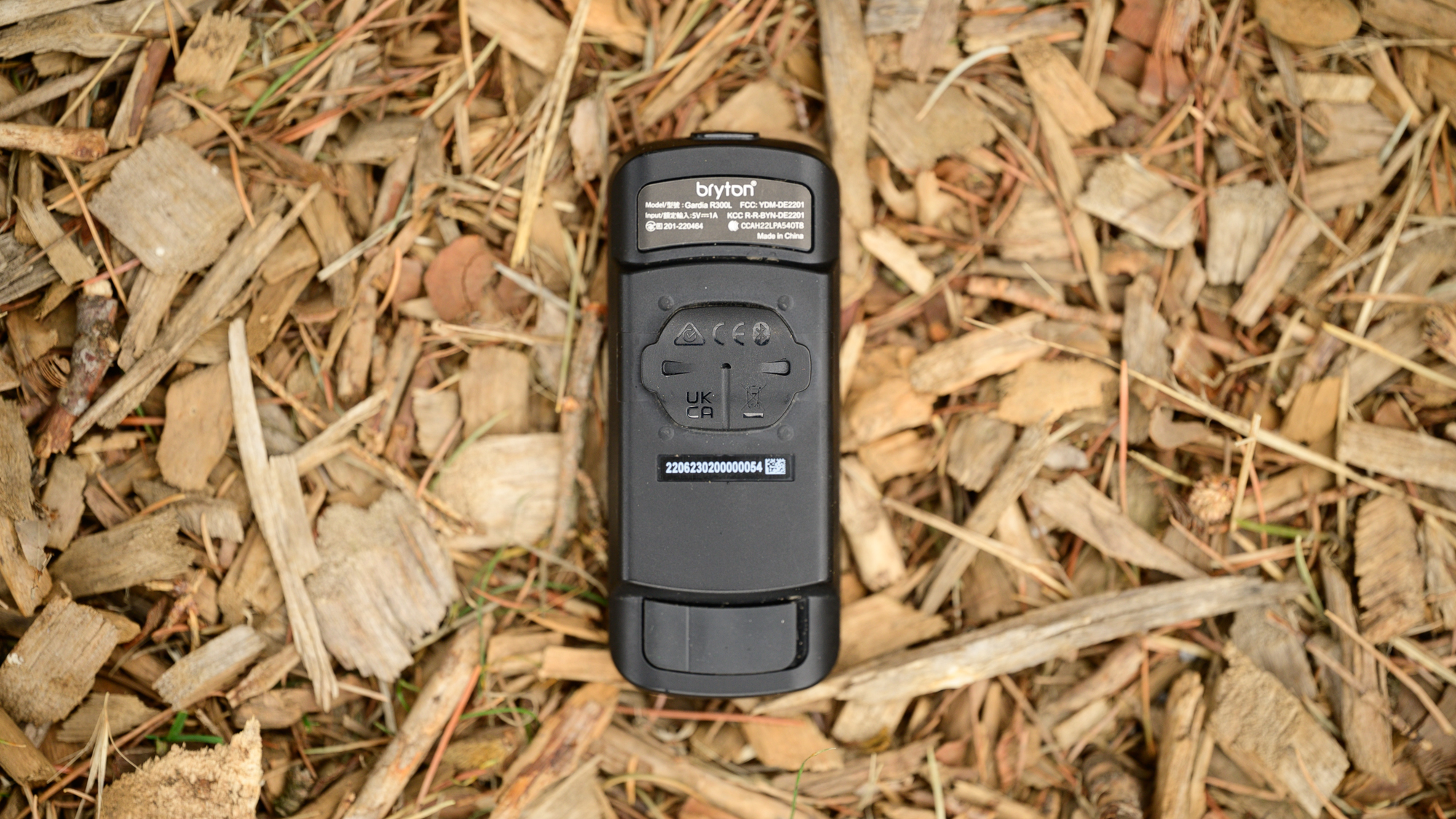
Bryton also has some extra sensors built into the R300. Jump into the companion app and you can turn on a brake light that uses an onboard accelerometer. When you are slowing, the light will flash for 2.5 seconds to catch a driver's attention. This is in addition to the standard functionality that will flash, regardless of the mode the light is in, when a car is initially detected.
Most importantly though, the Bryton R300L has enhanced functionality where it counts in the battery life and lumens department. There are five mode settings available including solid high and low, group ride, night flash, and the brightest of the group, day flash. Day flash features an irregular pattern, a claimed 17-hour battery life, and 73 lumens of power. That compares to Garmin at 16 hours and 65 lumens. From there, the specs for the other modes are: 20lm/8hrs/solid high, 5lm/12hrs/solid low, 12lm/17 hrs/night flash, 12lm/10hrs/group ride, and 24hrs with the light off.
On paper, the Bryton Gardia 300L has a winning design. I had to put it to the test though and that turned out to be a process.
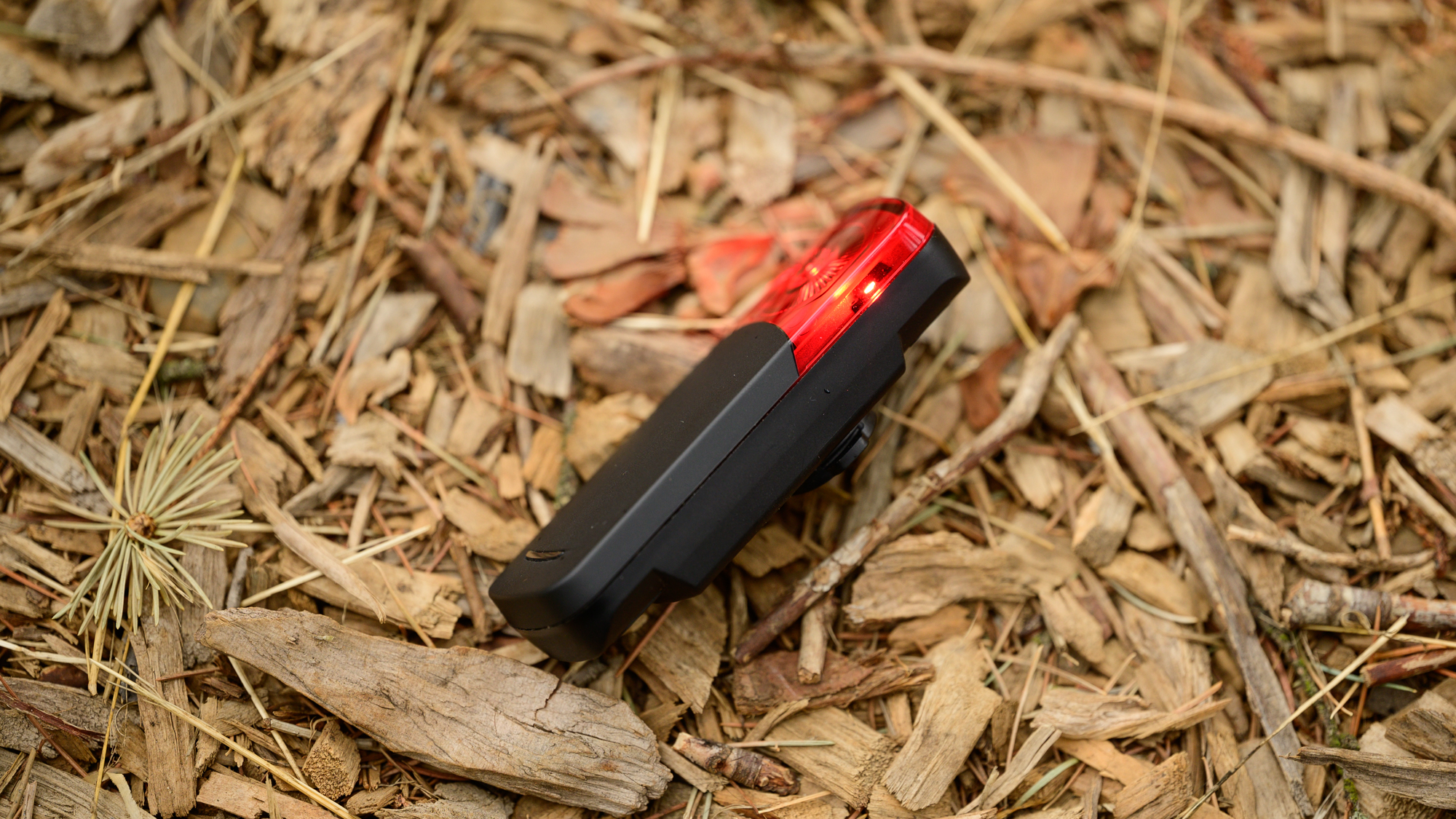
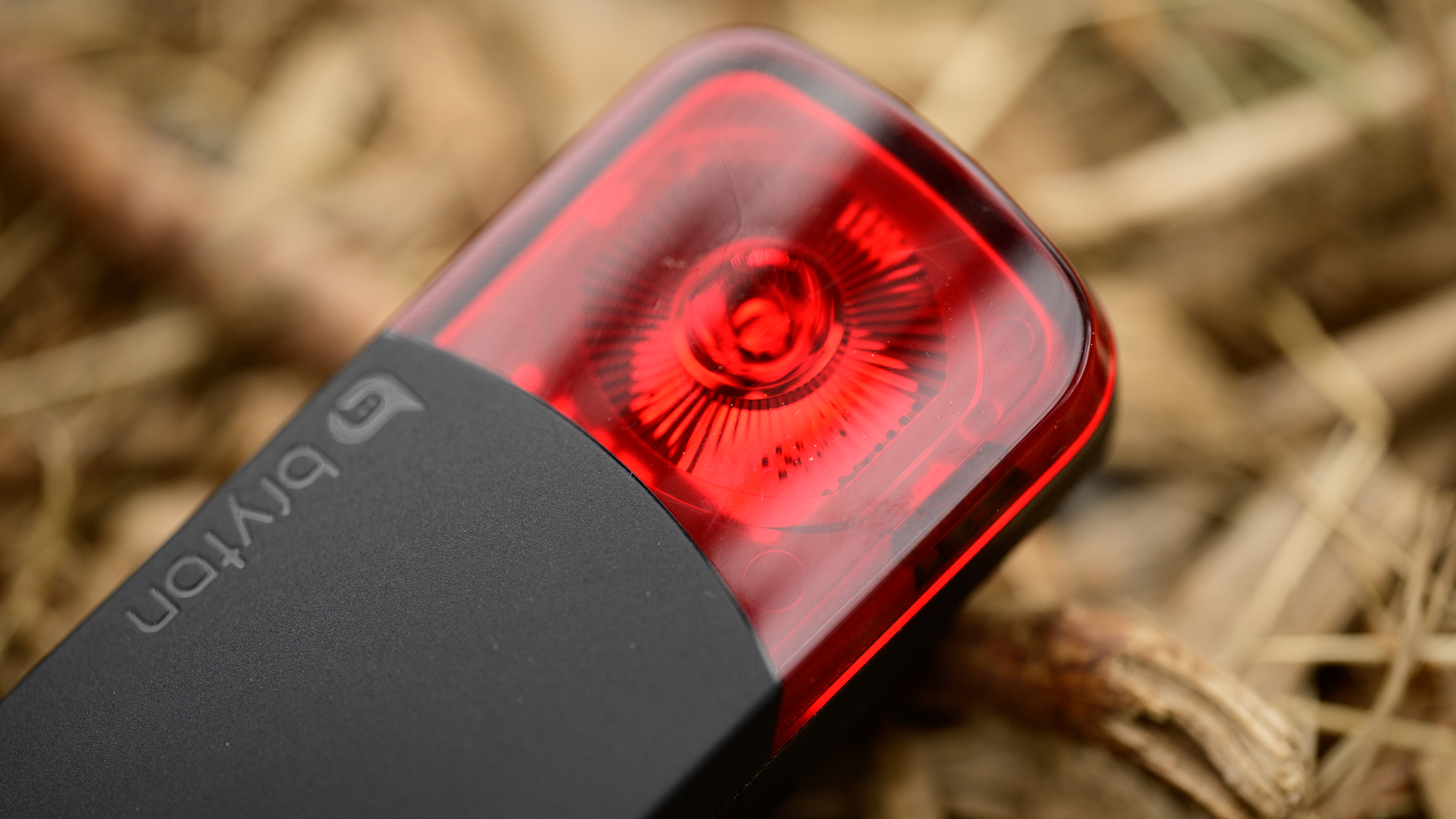
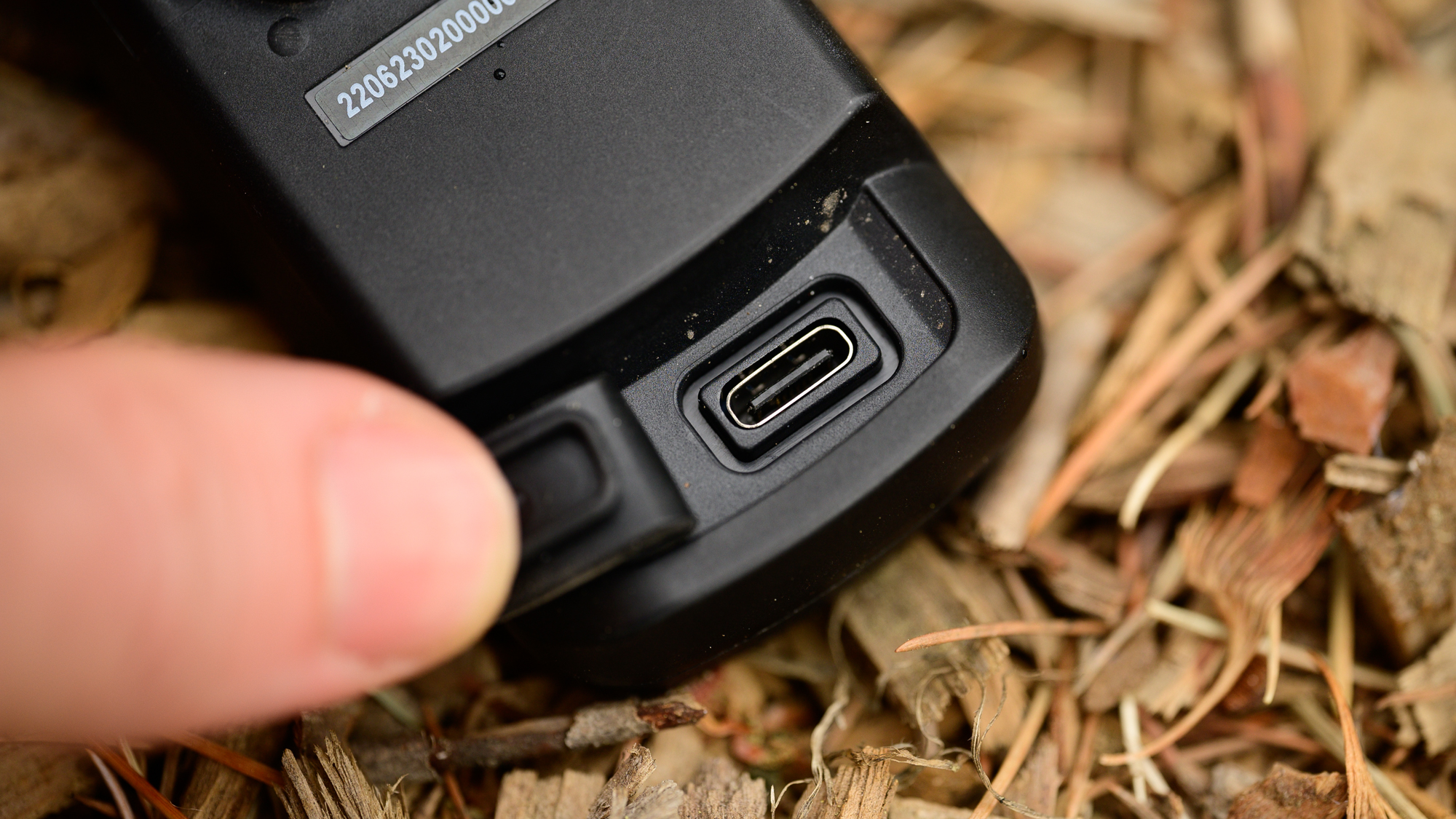
Performance
It's not a new thought to mention that most bike product reviews are positive. Go ahead and take a glance through mine and you will definitely see that trend. There's nothing nefarious going on though, most bike products are pretty good. Grab a nice light and it probably works pretty well. Most of the time the discussion is going to be about the small details and how one design fits a particular use. When the Bryton Gardia R300 arrived that's exactly what I expected and it's also how things started.
One of the more annoying things about the Garmin RTL515 is the mount and the Bryton mount is hands-down a better design. Both designs use changeable rubber pads that fit into a plastic quarter-turn mount and secure with a rubber band. The difference is that Garmin uses a stand-alone rubber band that's very difficult to get on. Bryton instead integrates the rubber into the mount and it's easy to pull tight. Unfortunately, the brand doesn't include a way to leash the light to a seat which is a feature that Magicshine does include and is often requested of the Garmin.
With the light mounted, things were looking good and that train continued rolling as I connected it up. The R300L has BLE and ANT+ radios and had no issues connecting to a Stages bike computer I was testing at the time. It also connected to the companion app with no issue and after scanning a QR code I was ready to change the few settings available. If you want to start a ride without a bike computer there's also that option.
After that, I ended up travelling and it snowed. Before I was ready to test the light, I had an email asking that I update the firmware before that first test. Again it was easy and there weren't any hiccups. When I was finally able to ride, I was still testing the Stages computer and I grabbed the Bryton as I headed out, running late, to a group ride. I expected no issues.
Unfortunately, that was not what I experienced. My initial experience with the light was that it was so inaccurate it was actually dangerous. Given that I was riding with an unusual bike computer, I went home and grabbed the Garmin 1040 Solar that I almost always ride with before heading back out. Turns out it was not an issue with the computer.
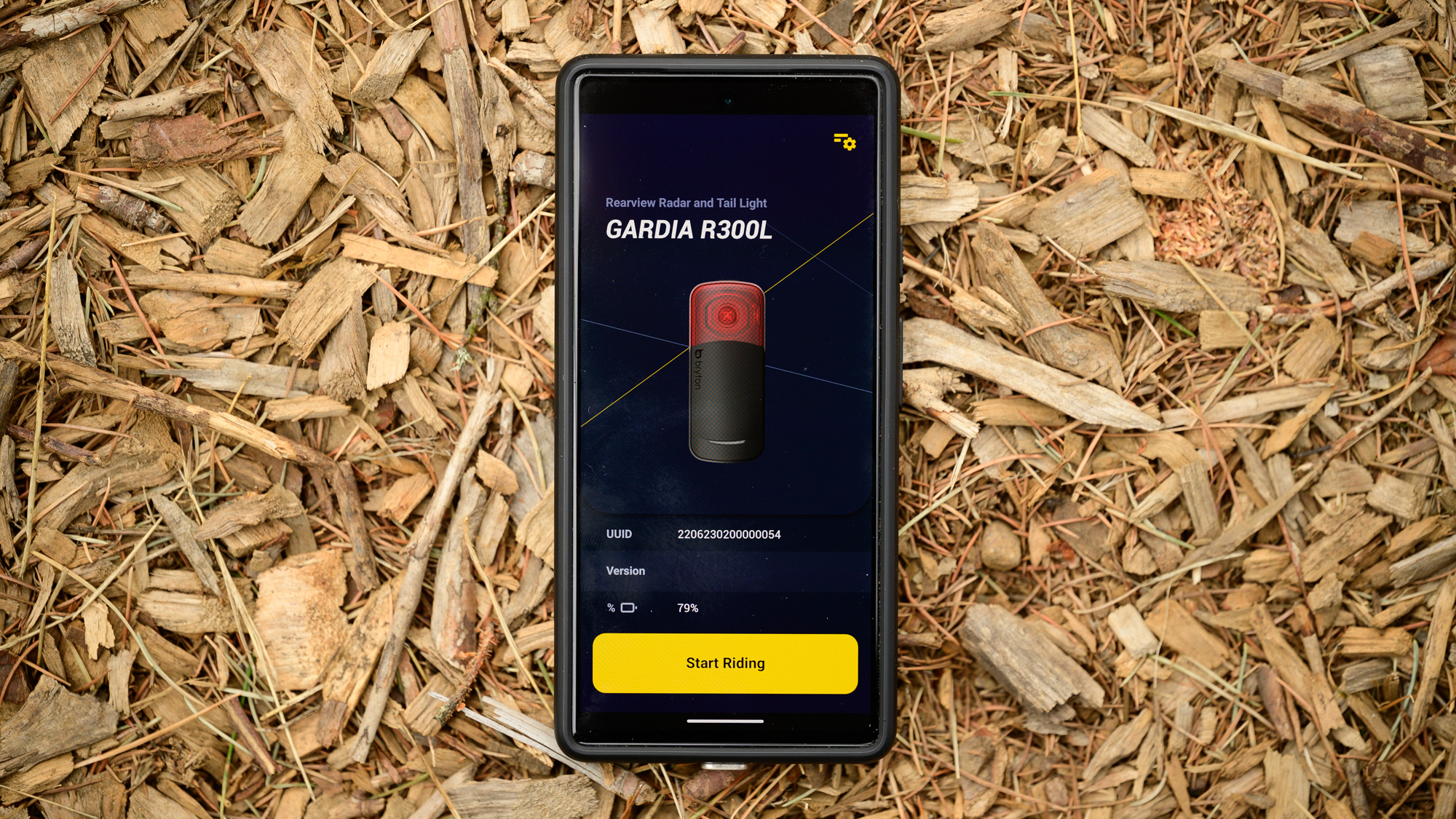
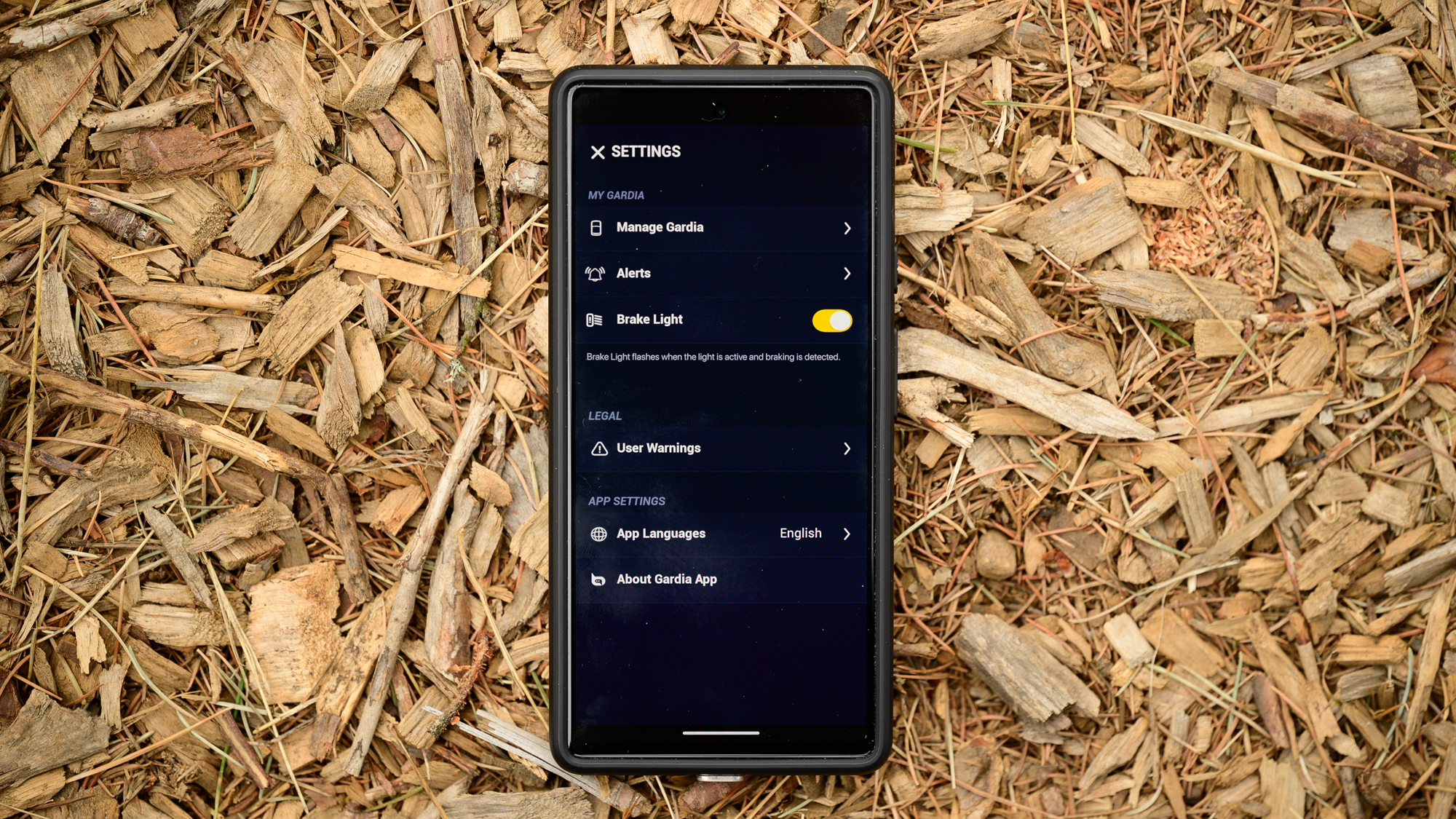
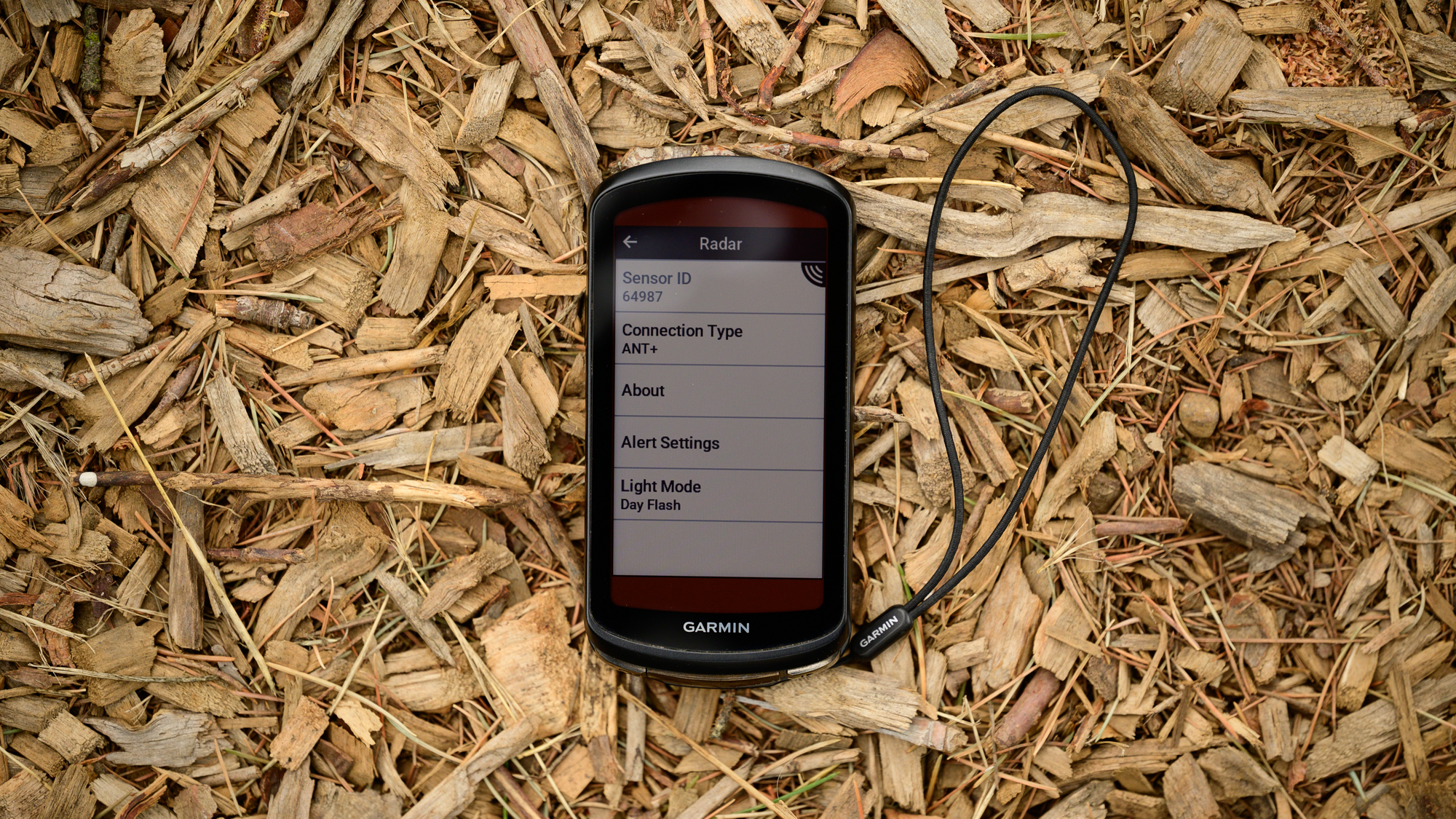
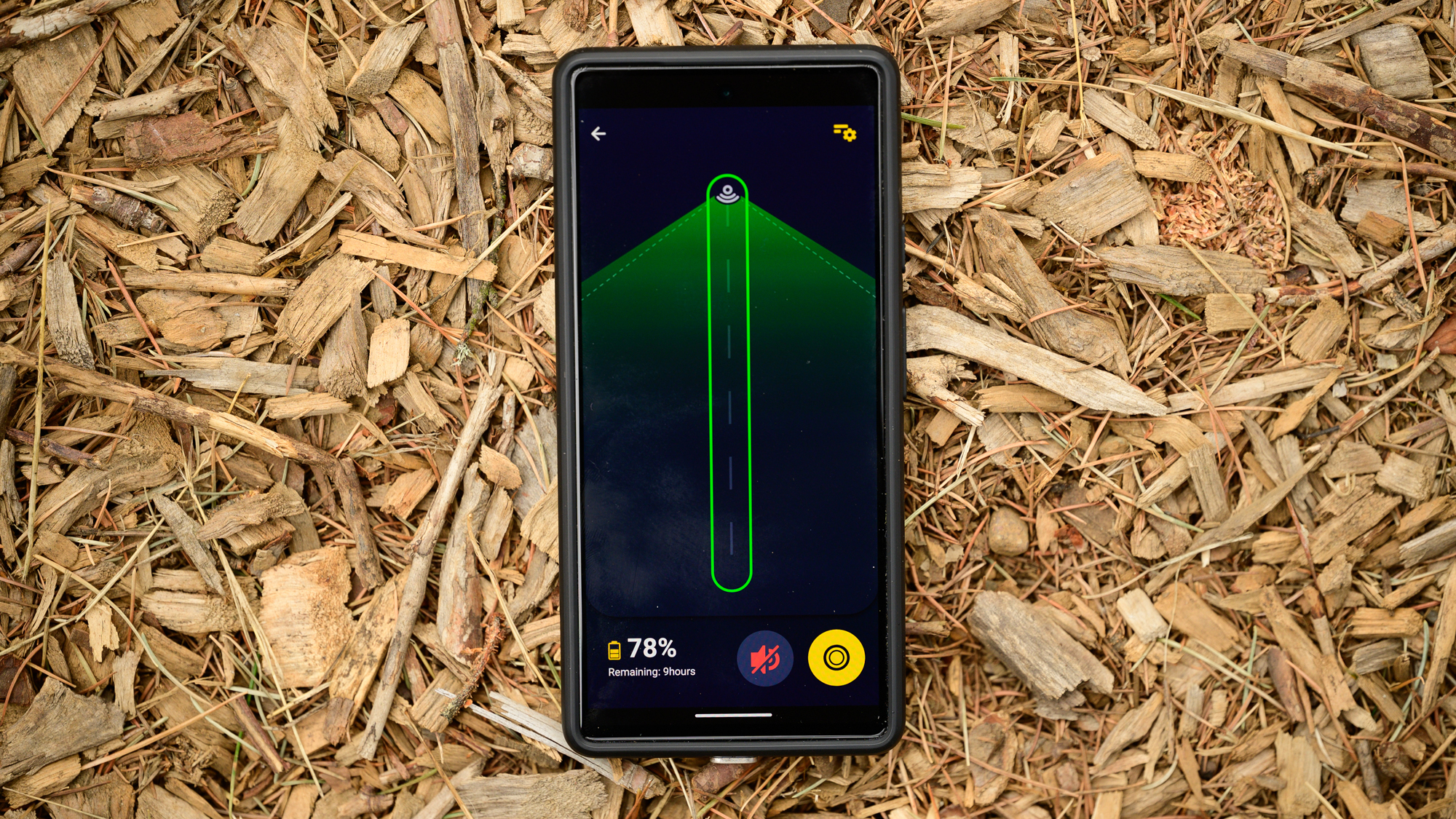
Although it paired with the Garmin and created a light network without issue, the radar functionality was so off I couldn't even narrow it down to a specific issue. There were ghost cars, cars that never showed at all, and cars that would jump around on the radar. A few days after communicating with Bryton about the issues I saw, I got another firmware update. This represents the final firmware before the product's official launch and it's a drastic improvement.
I've done quite a bit of testing with this version of the firmware and it’s not quite at the point where we are only discussing the details but we are getting close. As it stands right now, in the city, the Gardia 300L struggles with differentiating one car from another if there are multiple in a line. I haven't seen it outright miss a car in the latest firmware but if there are a couple of cars in a row it will sometimes show a single car until the first passes then you will suddenly have a second car on the display. It can also struggle with picking a car back up if you pass a car then the car passes you again. It works but it's not a mirror.
In general though, the city is the toughest environment for any rear radar. There are a lot of cars and it alerts constantly. Country roads are a better test and in those situations I found a different issue. With long and open roads, it’s ghost cars that are the biggest issue for the 300L. In my testing, it still never misses cars but there are so many ghost cars that it feels like it beeps constantly. Again and again I’d hear it beep and see a car on the head unit. After a while without the car passing, I’d look back only to see an empty road. It’s bad enough that I eventually stopped believing it even though sometimes there was a car there.
When it came to battery life, things were a bit better but there was still an issue. After six hours of riding, the battery reported 80%. That's perfect except that when I got home, the light was off. I left the house in the day flash setting but at some point it changed and I have no explanation why or how. Although the Bryton will form a light network with a Garmin, you can't change the mode through the head unit unless you have a Bryton bike computer. That means for me, it's impossible to turn it off without a long press of the power button so the change in mode is inexplicable and it's not something I experienced previously.
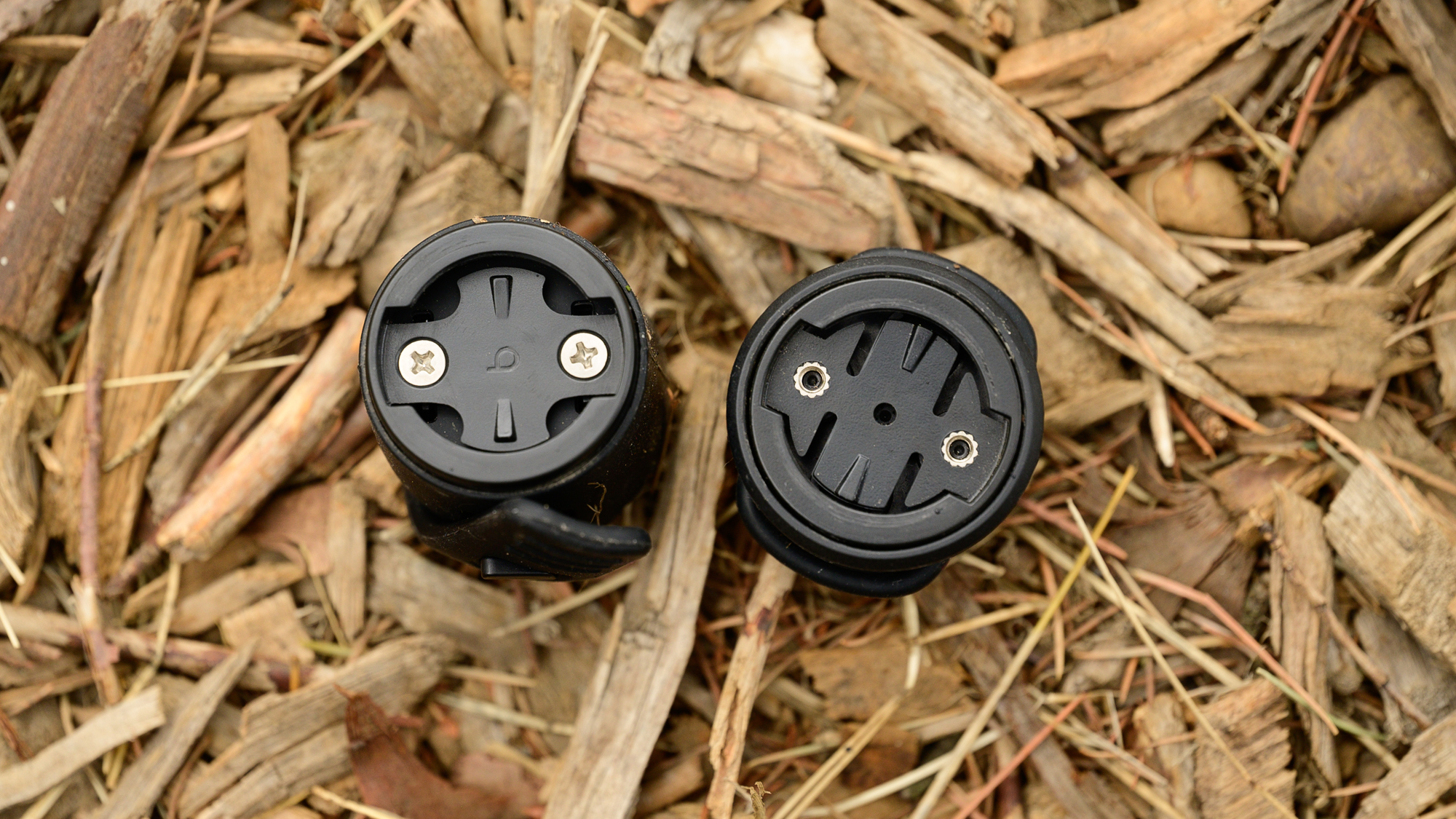
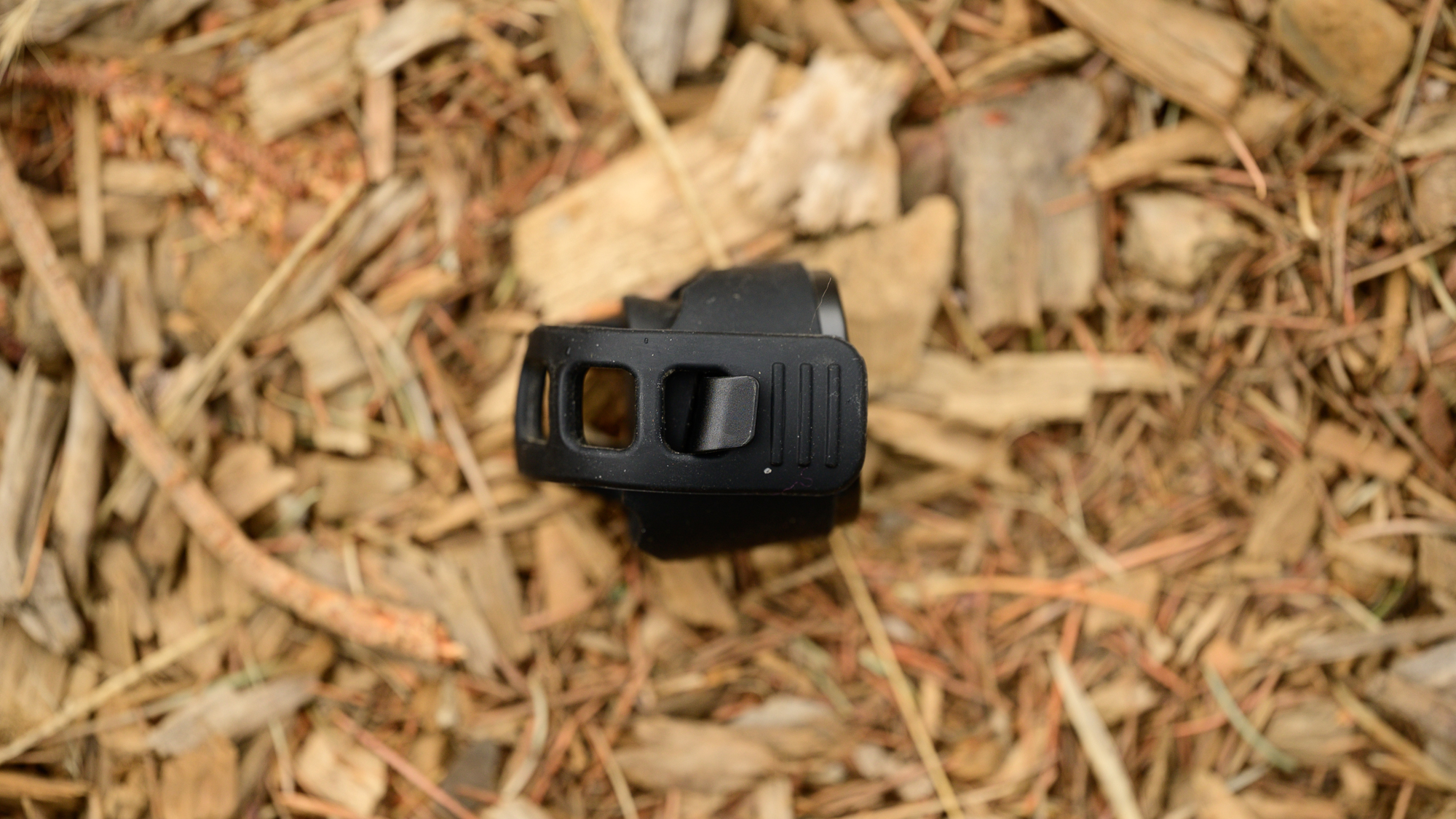
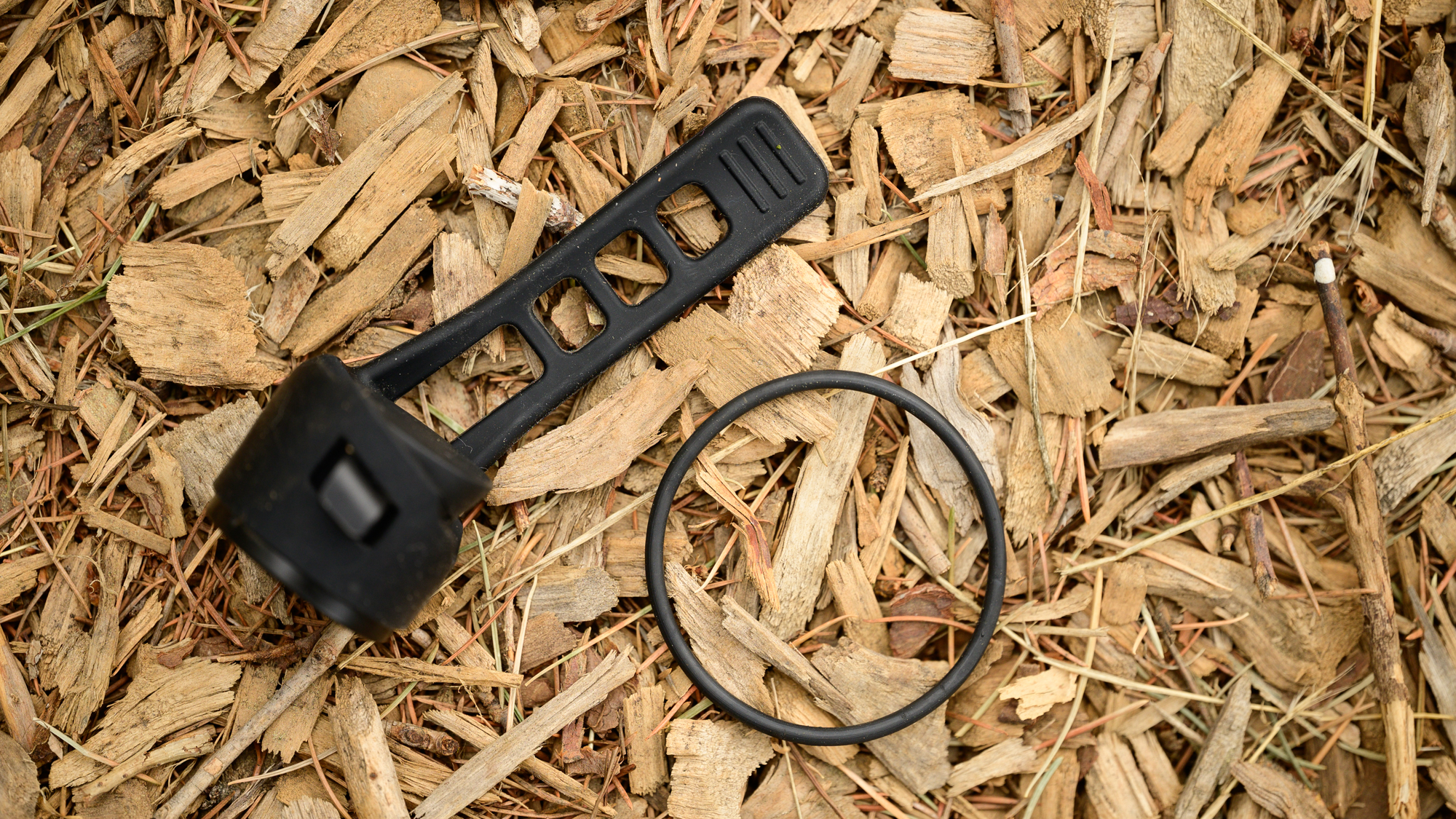
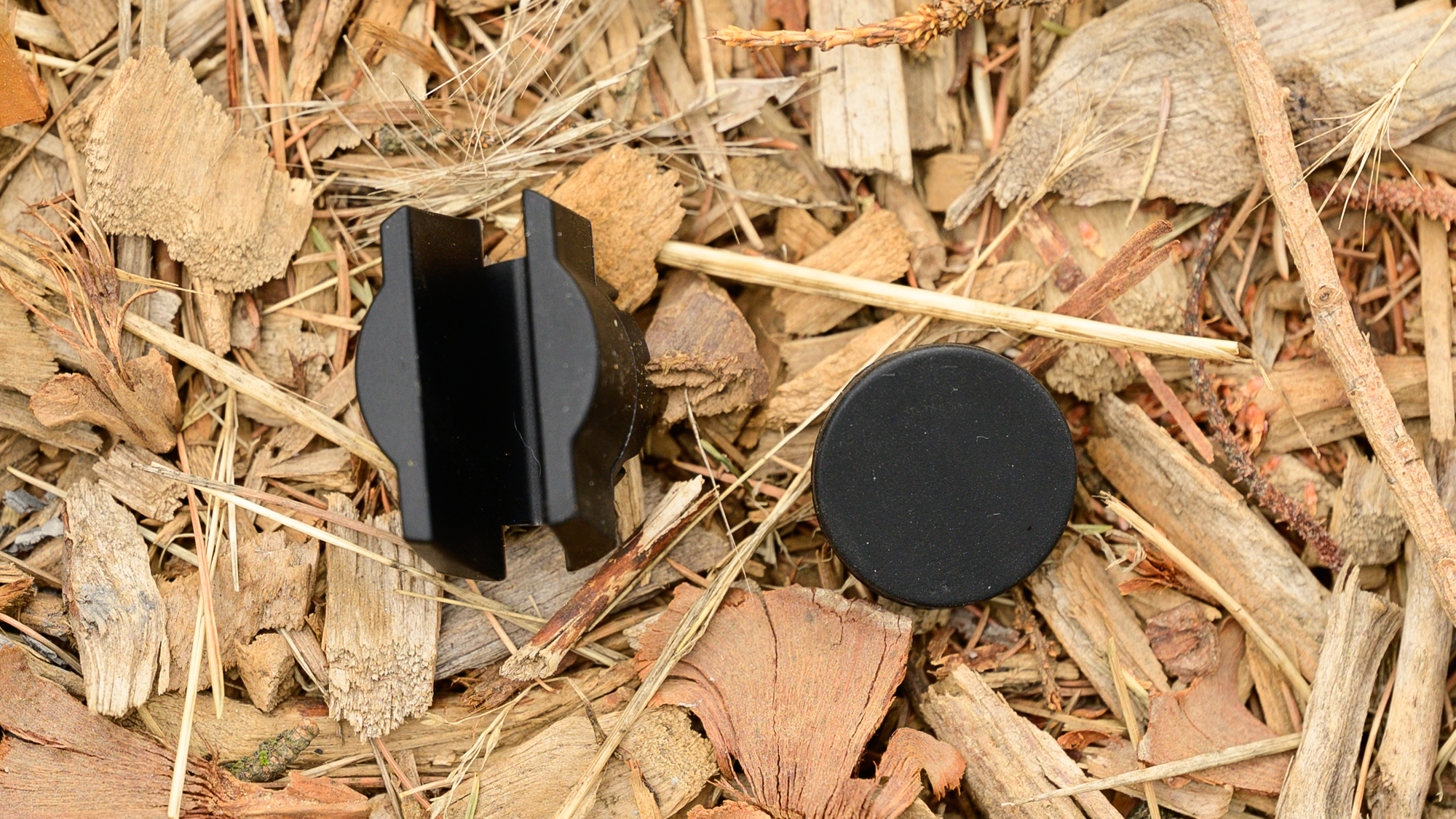
Verdict
I started testing the Bryton Gardia 300L expecting it was going to more or less work as expected. The specs say it's a little brighter than the Garmin RTL515, has slightly longer battery life, and it can detect a car at 190ft/58m feet instead of 150ft/56m. It also has a better mount, USB-C charging, and brake light functionality, and that initial flash when it detects a car seems interesting. The promise is that it is more or less an updated version of the Garmin for less money but is it?
At the moment, at time of launch, the answer to that is no. It needs at least one more solid firmware update and it's coming to market without that. When asked, Bryton committed to continuing a rapid development pace. If Bryton does indeed iron out the bugs, there could still be a place in the category for a third contender.
At the top of the market are the Garmin Varia options. After probably 10,000 miles of testing time, I've gotten so comfortable with Varia units that they are just an electronic mirror. Ghost cars, or missed cars, don't happen and it's so solid that I sometimes forget to even double-check before moving over. The RTL515 is the best of what Garmin offers in that category though and it's three years old while still carrying a premium price. The Magicshine Seemee 508 meanwhile doesn't have the range, brightness, or battery power of the Garmin and it’s not quite as accurate but it's cheaper and it's got USB-C charging. If someone came to market with a quality light, long battery life, and the same gold standard for car detection as Garmin I would tell everyone to buy it. So far Bryton isn't that company but keep an eye on it, as it might be soon.







